Home>Gardening & Outdoor>Landscaping Ideas>How Do Horses Eat Grass
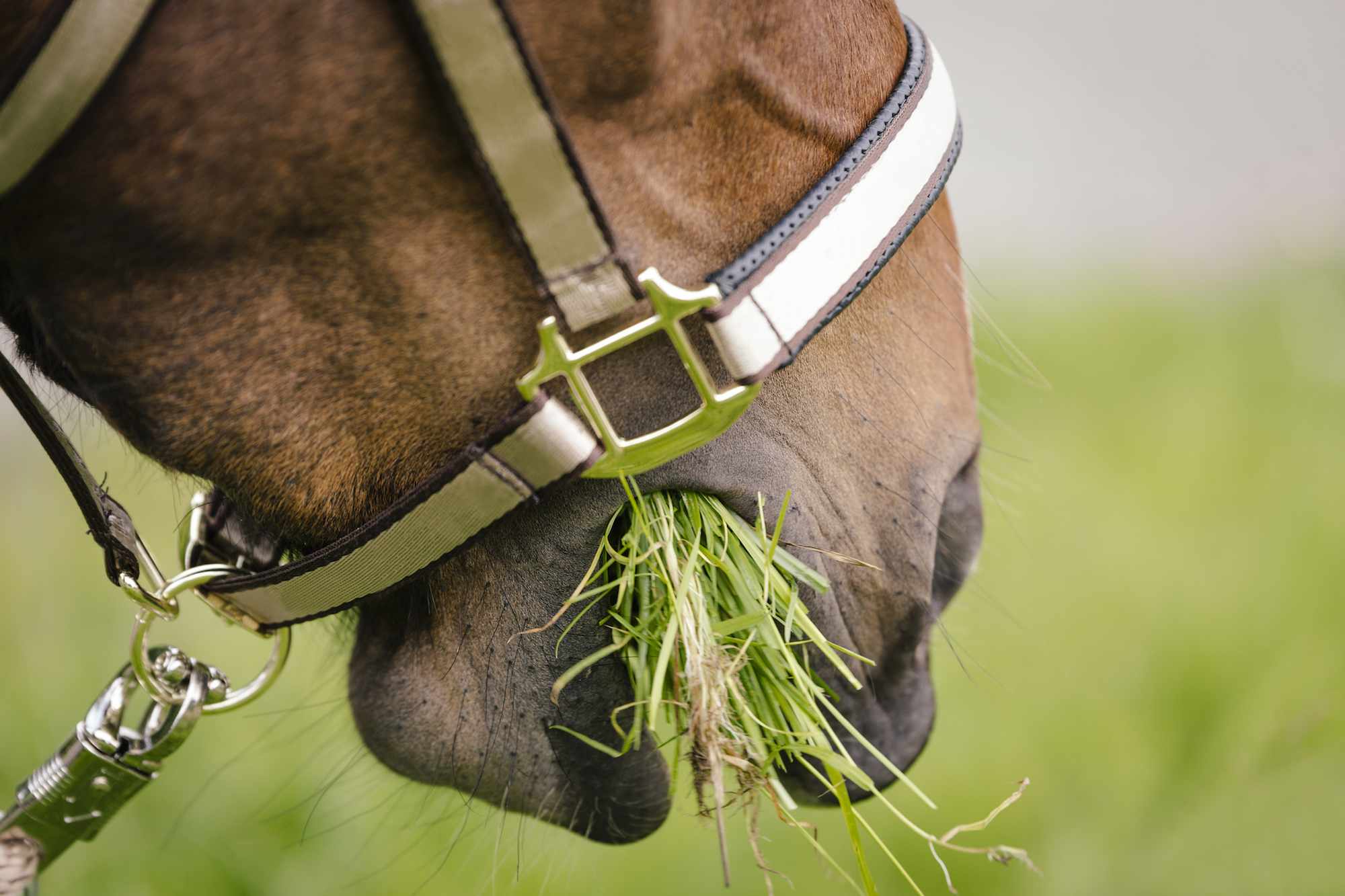

Landscaping Ideas
How Do Horses Eat Grass
Modified: February 18, 2024
Discover effective landscaping ideas for feeding horses with grass. Learn how horses eat grass and get expert tips for maintaining a healthy pasture.
(Many of the links in this article redirect to a specific reviewed product. Your purchase of these products through affiliate links helps to generate commission for Storables.com, at no extra cost. Learn more)
Introduction
Horses are magnificent creatures that have captivated humans for centuries with their grace, strength, and beauty. One of the most iconic images associated with horses is that of them grazing peacefully in a lush field. Have you ever wondered how horses eat grass? Understanding the intricacies of a horse's grazing behavior and digestive system can provide valuable insights into their dietary needs and overall well-being. In this article, we will delve into the fascinating world of equine grazing habits, exploring the anatomy of a horse's digestive system, their grazing behavior, and the significance of grass in their diet. By gaining a deeper understanding of how horses consume and benefit from grass, we can develop a greater appreciation for these magnificent animals and their natural behaviors. So, let's embark on a journey into the world of equine grazing and discover the wonders of how horses eat grass.
Key Takeaways:
- Horses eat grass by using their special teeth and digestive system to break down and extract nutrients from the fibrous plant material, supporting their overall health and vitality.
- Grazing behavior is natural for horses, providing not only nutrition but also mental stimulation and a sense of fulfillment, highlighting the importance of grass in their diet and well-being.
Read more: What Kind Of Grass Do Horses Eat
Anatomy of a Horse’s Digestive System
Understanding the anatomy of a horse’s digestive system is crucial in comprehending how they process and derive nutrients from grass. Horses are herbivores, meaning their diet primarily consists of plant-based materials, with grass being a fundamental component. The equine digestive system is uniquely designed to efficiently break down fibrous plant matter and extract essential nutrients from it.
The digestive process in horses begins in the mouth, where grass is masticated by powerful grinding teeth. Unlike humans, horses have hypsodont teeth, which continue to grow throughout their lives to compensate for the wear caused by grinding tough plant material. From the mouth, the partially masticated grass travels down the esophagus and enters the stomach, where initial enzymatic digestion takes place.
However, the most remarkable aspect of a horse’s digestive system lies beyond the stomach, in the hindgut. Horses are hindgut fermenters, meaning that the majority of microbial fermentation occurs in the large cecum and colon, where beneficial microorganisms break down fibrous plant material and produce essential nutrients that can be absorbed by the horse’s body.
This unique digestive adaptation allows horses to derive nourishment from cellulose, a complex carbohydrate found in grass and other plant materials. The cecum and colon play a pivotal role in the fermentation and breakdown of cellulose, enabling horses to extract energy and nutrients from the grass they consume.
By comprehending the intricacies of a horse’s digestive anatomy, we can gain a deeper appreciation for their remarkable ability to derive sustenance from grass, highlighting the vital role that grazing plays in their overall health and well-being.
Grazing Behavior
Horses are natural grazers, and their grazing behavior is deeply ingrained in their evolutionary history. In the wild, horses would spend a significant portion of their day foraging for grass, herbs, and other edible plants. This instinctual grazing behavior has persisted in domesticated horses, shaping their dietary habits and influencing their overall well-being.
One of the defining characteristics of equine grazing behavior is their inclination to consume small quantities of food continuously throughout the day. Unlike humans, who typically consume larger meals at specific times, horses have a more consistent and steady approach to feeding, reflecting their evolutionary adaptation to foraging on grasslands.
Observing horses in a pasture, one can witness their methodical and deliberate approach to grazing. They use their sensitive lips and adept muzzles to select and nip at individual blades of grass, displaying a remarkable level of precision and selectivity in their feeding behavior. This selective grazing allows horses to target the most nutritious and palatable grasses while avoiding undesirable or potentially harmful plants.
Furthermore, grazing behavior serves a dual purpose for horses. Not only does it fulfill their nutritional requirements, but it also provides mental stimulation and a sense of fulfillment. The act of grazing allows horses to engage in natural, instinctual behaviors, promoting both physical and psychological well-being.
Understanding the innate grazing behavior of horses is essential for providing them with optimal living conditions and dietary management. By recognizing and respecting their natural feeding tendencies, we can create environments that support their physical and emotional health, ultimately fostering a harmonious relationship between horses and their surrounding ecosystems.
Horses eat grass by using their strong front teeth to pull the grass from the ground and then using their back teeth to grind it up. They have a unique digestive system that allows them to efficiently break down and absorb the nutrients from the grass.
How Horses Consume Grass
When it comes to consuming grass, horses exhibit a fascinating and methodical approach that reflects their evolutionary adaptation to grazing. The process of how horses consume grass involves a series of intricate actions and physiological mechanisms that enable them to efficiently extract nutrients from the fibrous plant material.
As horses graze, they use their prehensile lips and specialized muzzles to deftly select individual blades of grass. Their sensitive upper lip and whiskers aid in the delicate manipulation of grass stems, allowing them to grasp and pull the vegetation into their mouths with remarkable precision. This selective feeding behavior enables horses to target the most nutritious and palatable grasses while avoiding undesirable or potentially harmful plants.
Once the grass is in their mouths, horses engage in a process of mastication, using their powerful grinding teeth to break down the fibrous material into smaller particles. This initial mechanical breakdown of grass prepares it for further digestion as it travels through the equine digestive system.
As the partially masticated grass enters the stomach, it undergoes enzymatic digestion, where the initial breakdown of carbohydrates and proteins begins. From the stomach, the processed grass moves into the hindgut, specifically the cecum and colon, where microbial fermentation plays a pivotal role in further breaking down the cellulose and extracting essential nutrients.
The hindgut fermentation process involves the activity of beneficial microorganisms, such as bacteria and protozoa, which work synergistically to break down complex plant fibers and convert them into digestible compounds. This intricate microbial ecosystem within the horse’s hindgut is essential for extracting energy and nutrients from the grass, ultimately supporting the horse’s overall health and vitality.
By understanding the meticulous process through which horses consume grass, we can gain a profound appreciation for their innate ability to derive sustenance from the natural world. This process not only highlights the remarkable physiological adaptations of horses but also underscores the vital role that grass plays in their diet and well-being.
The Importance of Grass in a Horse’s Diet
Grass serves as a foundational component of a horse’s diet, playing a pivotal role in providing essential nutrients, supporting digestive health, and promoting overall well-being. The significance of grass in a horse’s diet extends beyond mere sustenance, encompassing physiological, behavioral, and environmental dimensions that are integral to their health and vitality.
Nutritional Adequacy: Grass serves as a rich source of essential nutrients, including carbohydrates, proteins, vitamins, and minerals, that are vital for sustaining a horse’s energy levels, muscle function, and metabolic processes. The fibrous nature of grass also aids in maintaining healthy digestive function and promoting proper gut motility, contributing to the overall well-being of the horse.
Dental Health: The act of grazing on grass provides natural dental wear for horses, helping to prevent dental issues and promoting oral health. As horses chew on grass, their hypsodont teeth undergo natural abrasion, ensuring proper tooth maintenance and functionality. This natural dental wear is essential for preventing dental abnormalities and ensuring optimal chewing efficiency.
Behavioral Fulfillment: Grazing on grass fulfills a fundamental behavioral need for horses, allowing them to engage in natural foraging behaviors that are deeply ingrained in their evolutionary history. The act of grazing provides mental stimulation, emotional satisfaction, and a sense of fulfillment for horses, contributing to their overall psychological well-being.
Environmental Enrichment: In addition to its nutritional and behavioral benefits, grass also plays a crucial role in shaping the environmental landscape for horses. The presence of grass in pastures and paddocks creates a dynamic and diverse ecosystem that supports biodiversity, soil health, and ecological balance, providing a harmonious environment for horses to thrive in.
Overall, the importance of grass in a horse’s diet transcends its nutritional value, encompassing a holistic framework that integrates physiological, behavioral, and environmental considerations. By recognizing the multifaceted significance of grass in supporting the health and well-being of horses, we can cultivate environments that honor their natural dietary needs and enrich their lives in meaningful ways.
Read more: Why Can’t Horses Eat Grass Clippings
Conclusion
Exploring the intricate dynamics of how horses eat grass unveils a tapestry of natural behaviors, physiological adaptations, and nutritional significance that underscore the profound relationship between horses and their primary dietary resource. From the methodical grazing behavior to the remarkable digestive processes that enable horses to derive sustenance from grass, each facet of equine grazing illuminates the intricate balance between evolutionary heritage and dietary necessity.
Understanding the anatomy of a horse’s digestive system unravels the remarkable adaptations that facilitate the efficient breakdown and utilization of grass as a primary dietary component. The hindgut fermentation process, in particular, exemplifies the intricate symbiosis between horses and beneficial microorganisms, highlighting the remarkable capacity of horses to extract essential nutrients from fibrous plant material.
Furthermore, delving into the behavioral aspects of equine grazing unveils the innate foraging instincts and selective feeding behaviors that define the natural rhythm of a horse’s daily life. The act of grazing not only fulfills their nutritional requirements but also provides mental stimulation, emotional fulfillment, and a sense of connection to their environment.
The significance of grass in a horse’s diet extends beyond its nutritional composition, encompassing a holistic framework that integrates dental health, behavioral enrichment, and ecological harmony. Recognizing the multifaceted importance of grass in supporting the overall well-being of horses underscores the interconnectedness of dietary, behavioral, and environmental elements in shaping their lives.
In conclusion, the process of how horses eat grass transcends mere sustenance, embodying a rich tapestry of evolutionary heritage, physiological adaptations, and ecological interconnectedness. By gaining a deeper understanding of the intricate mechanisms through which horses consume and derive nourishment from grass, we can foster environments that honor their natural dietary needs, enrich their lives, and deepen our appreciation for these magnificent creatures and their intrinsic connection to the natural world.
Frequently Asked Questions about How Do Horses Eat Grass
Was this page helpful?
At Storables.com, we guarantee accurate and reliable information. Our content, validated by Expert Board Contributors, is crafted following stringent Editorial Policies. We're committed to providing you with well-researched, expert-backed insights for all your informational needs.
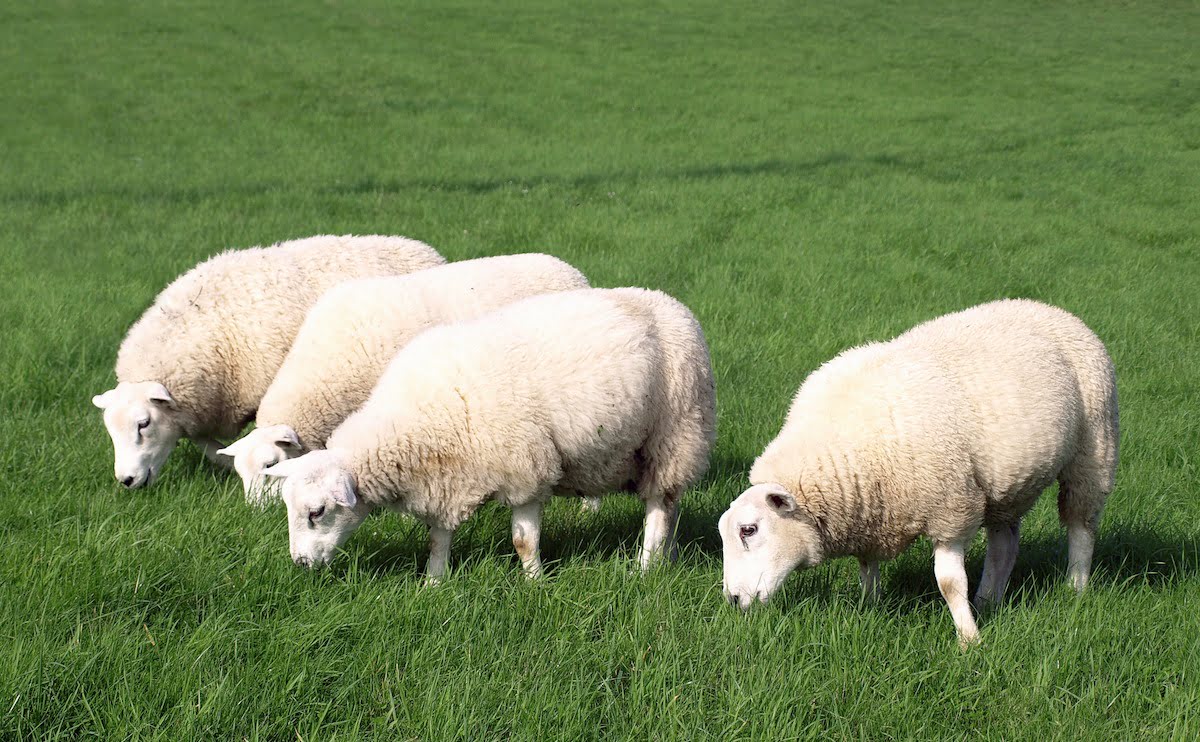
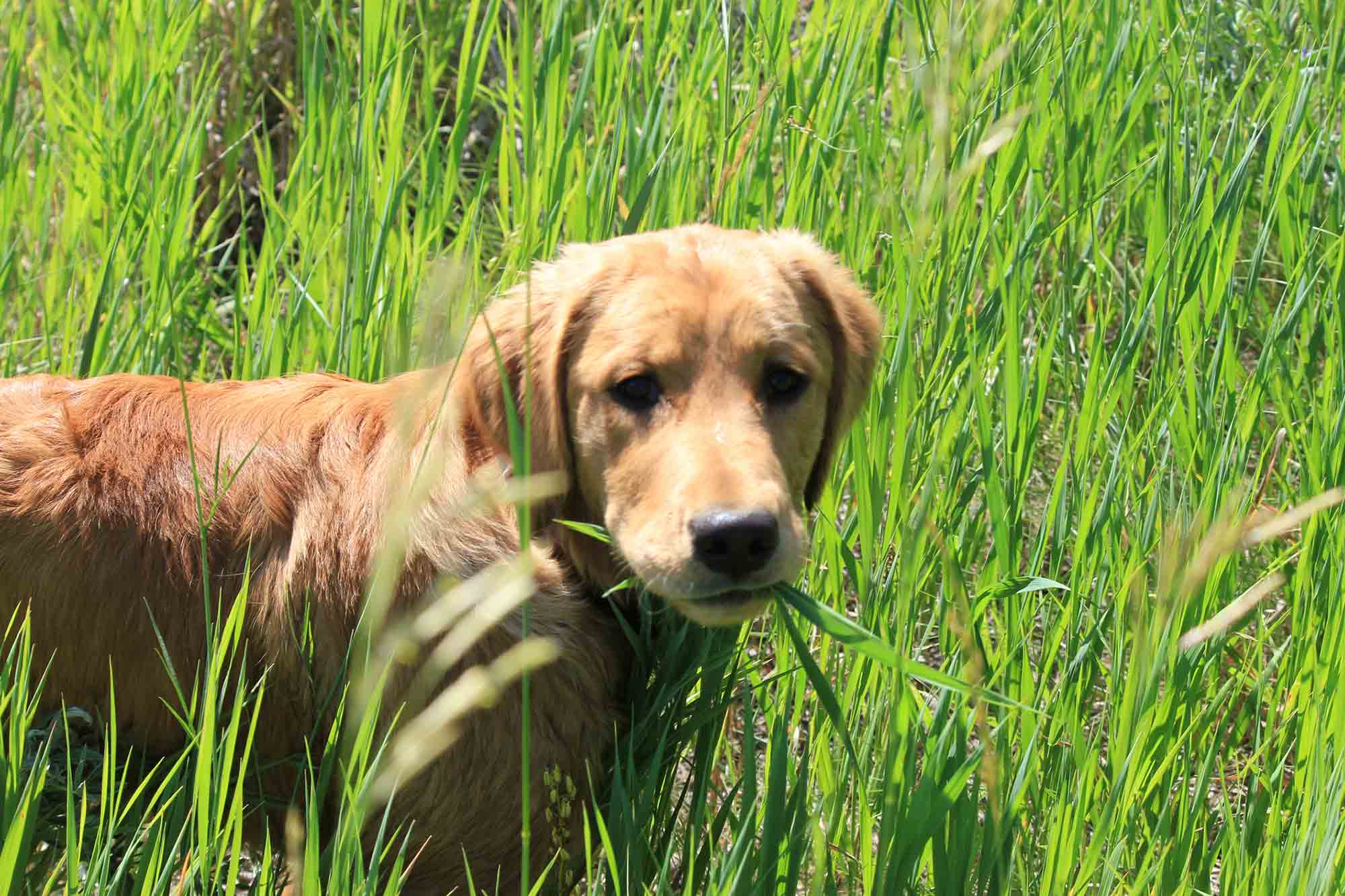
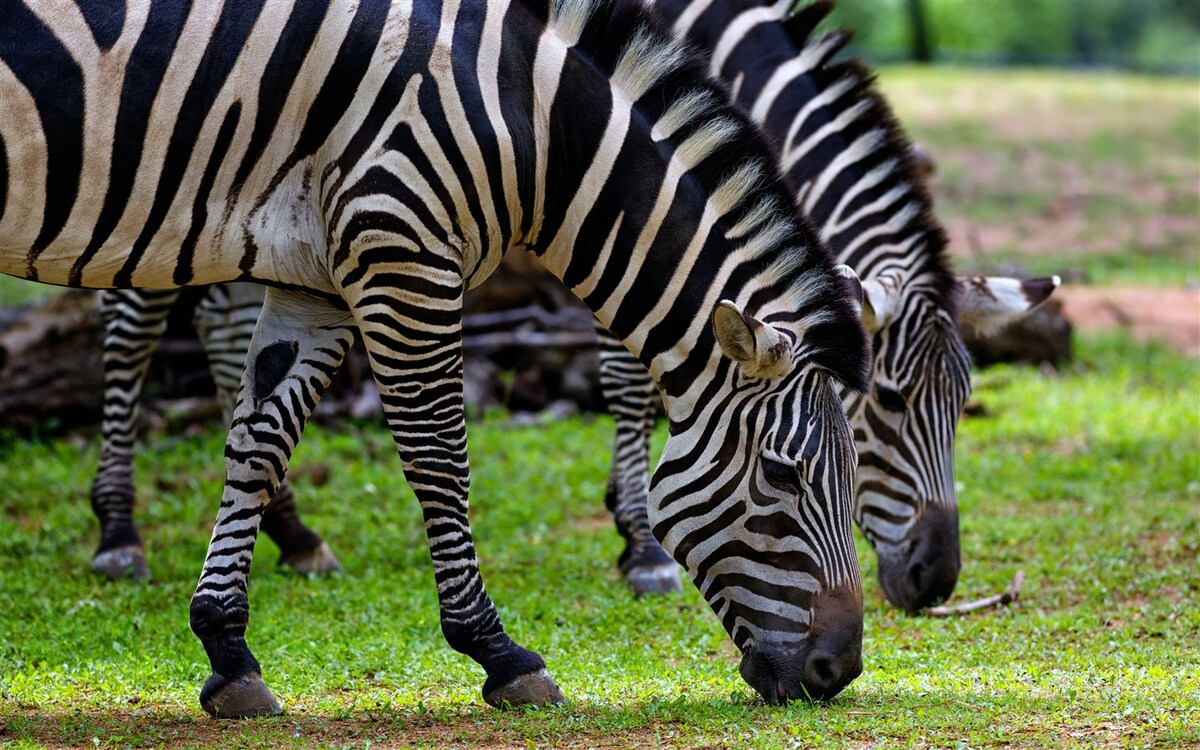
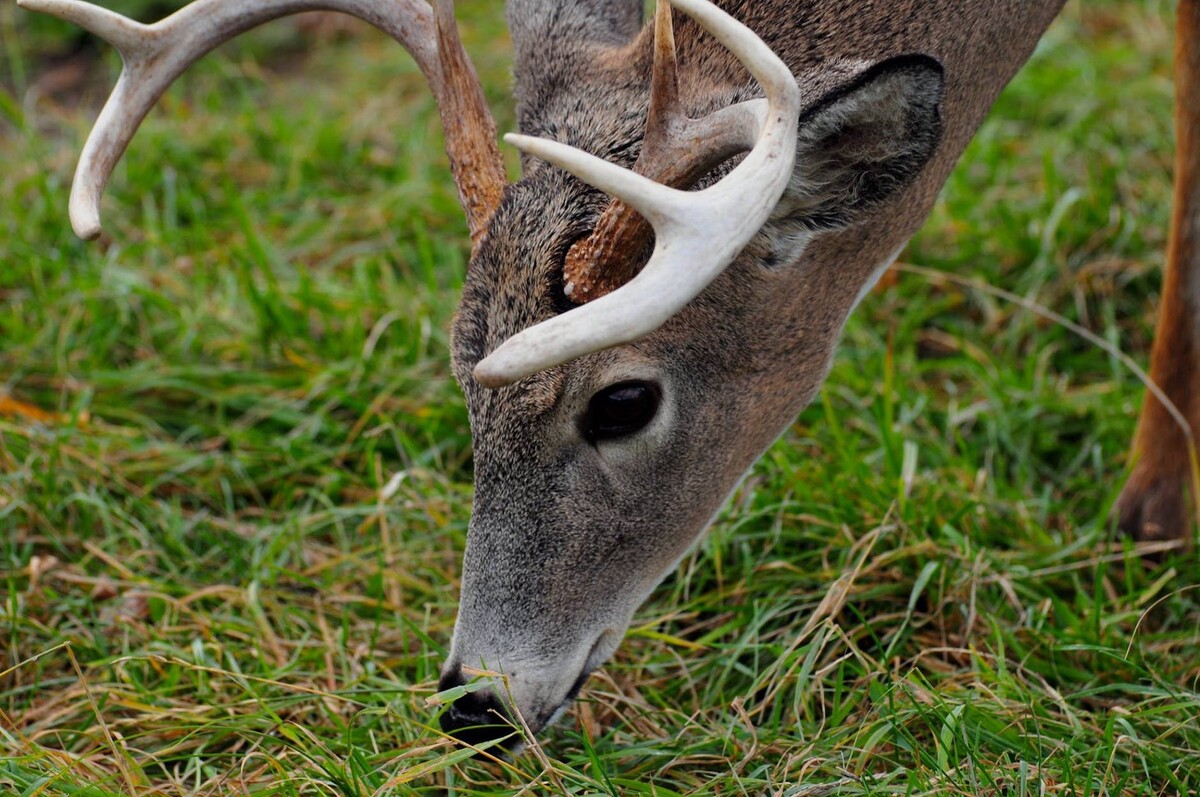

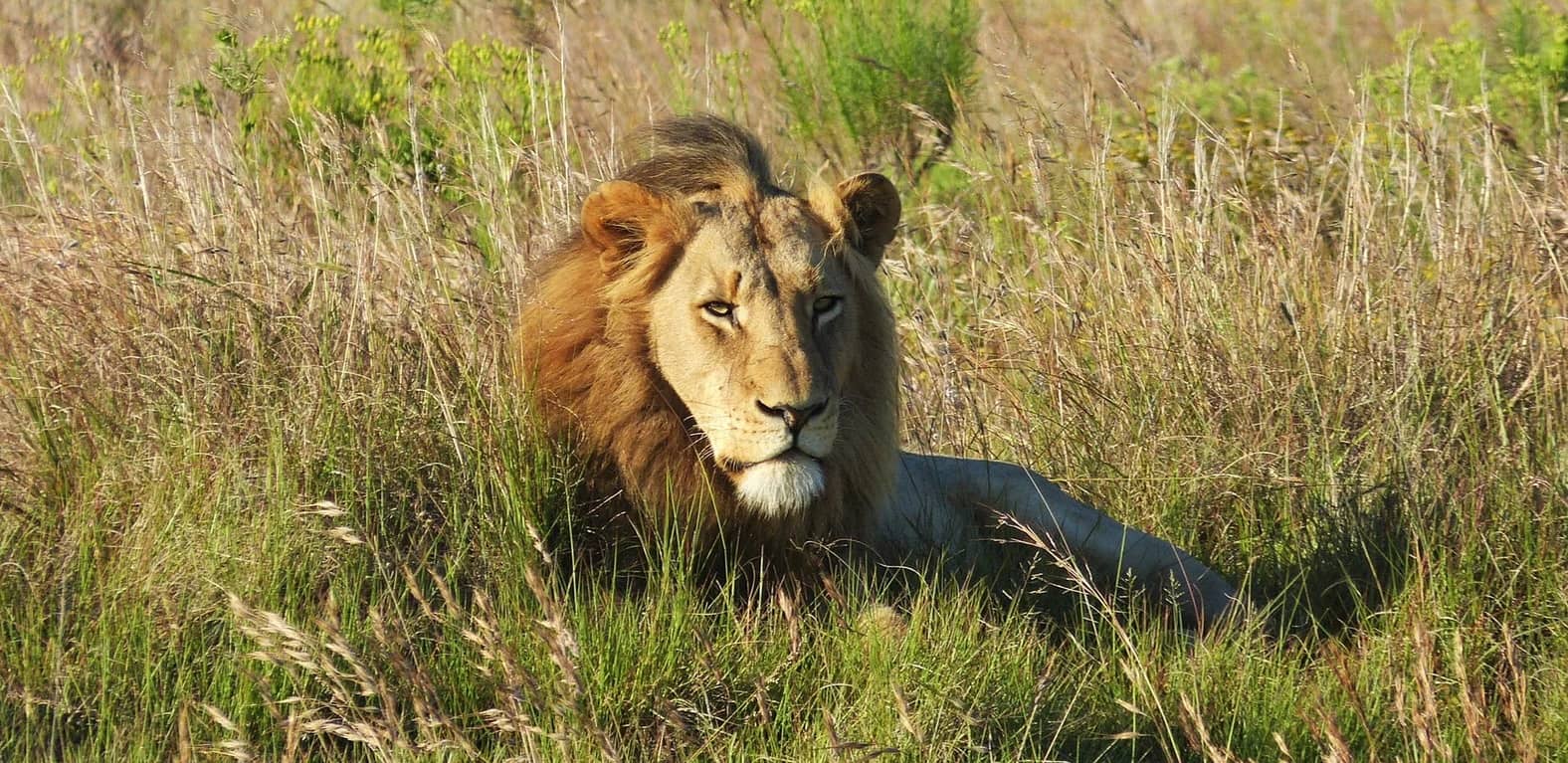
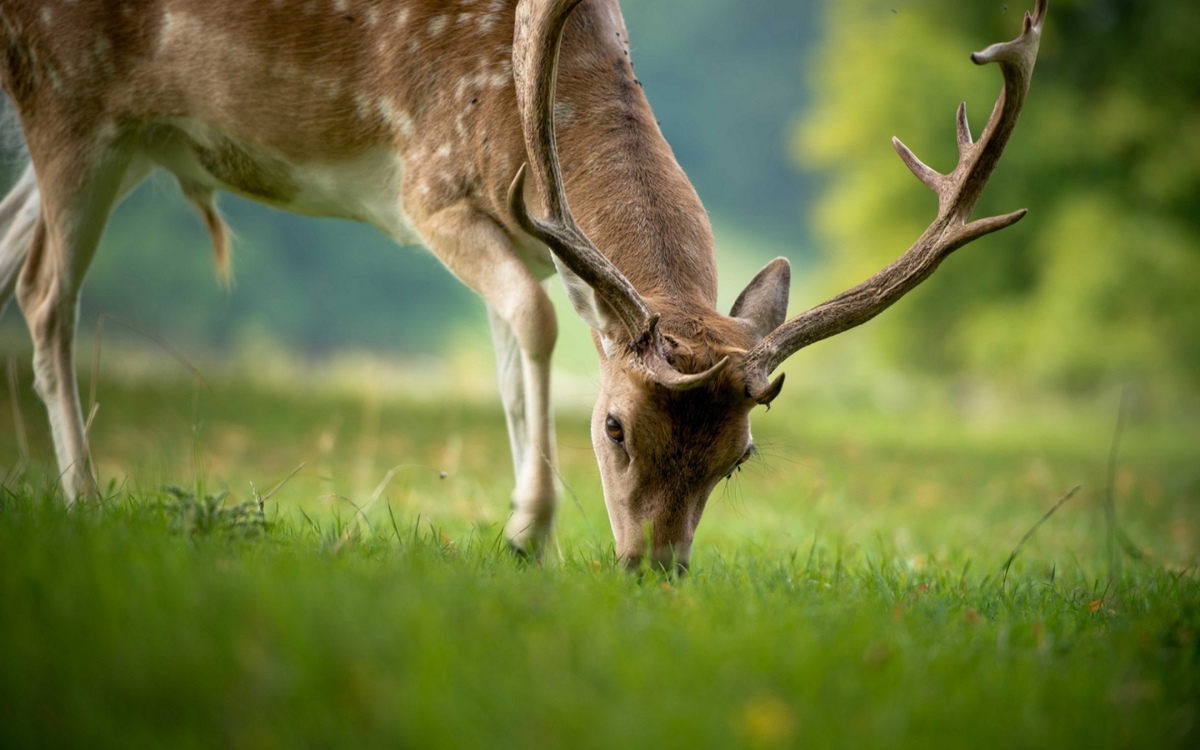
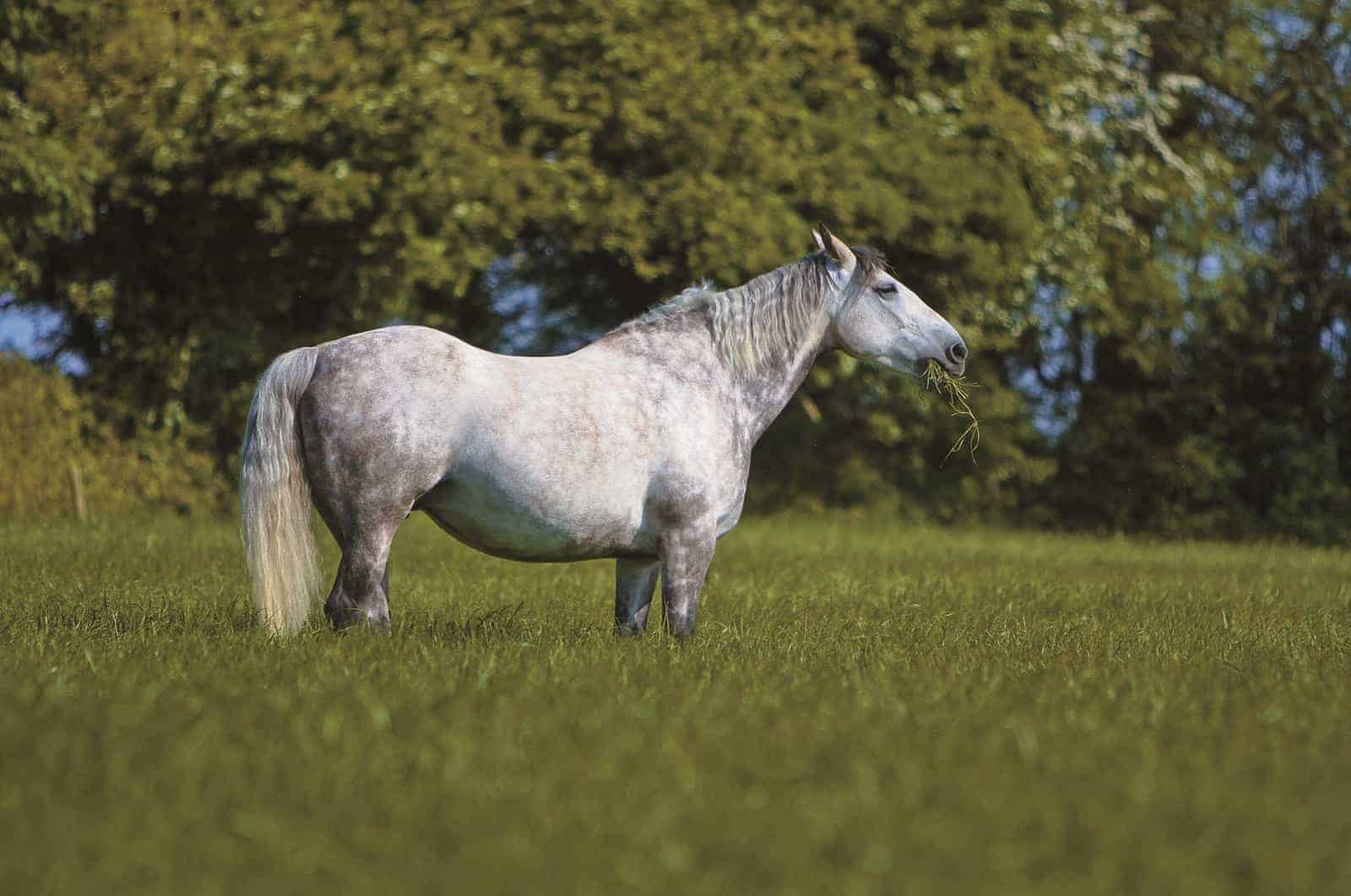
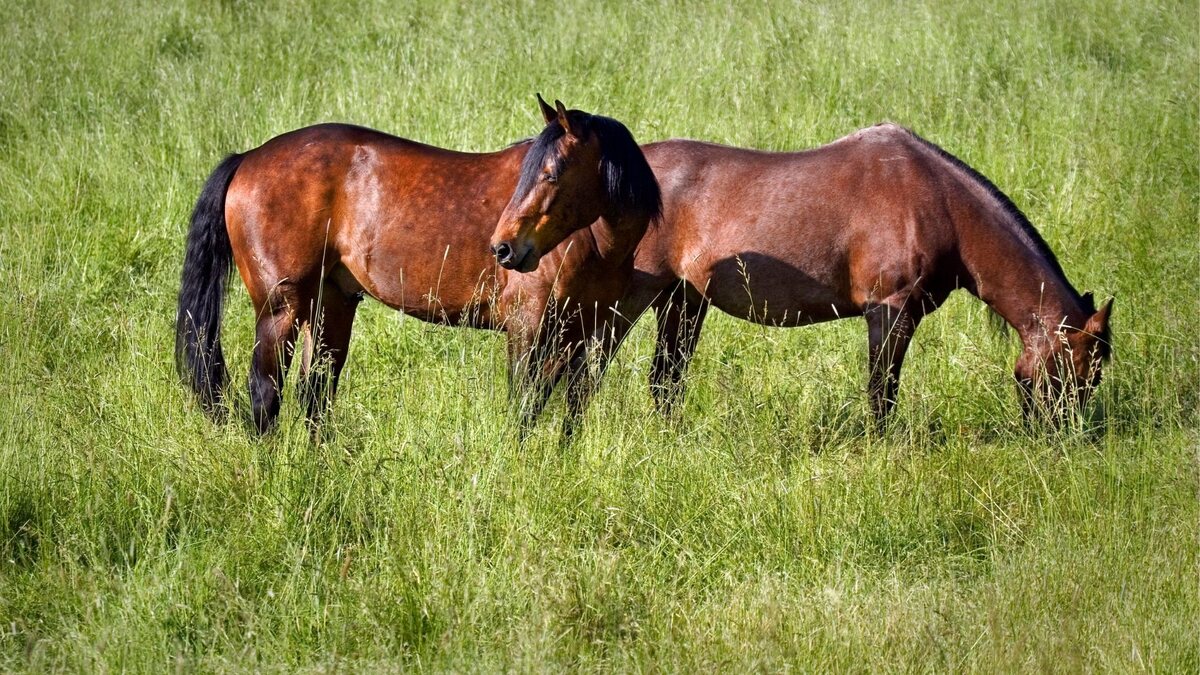
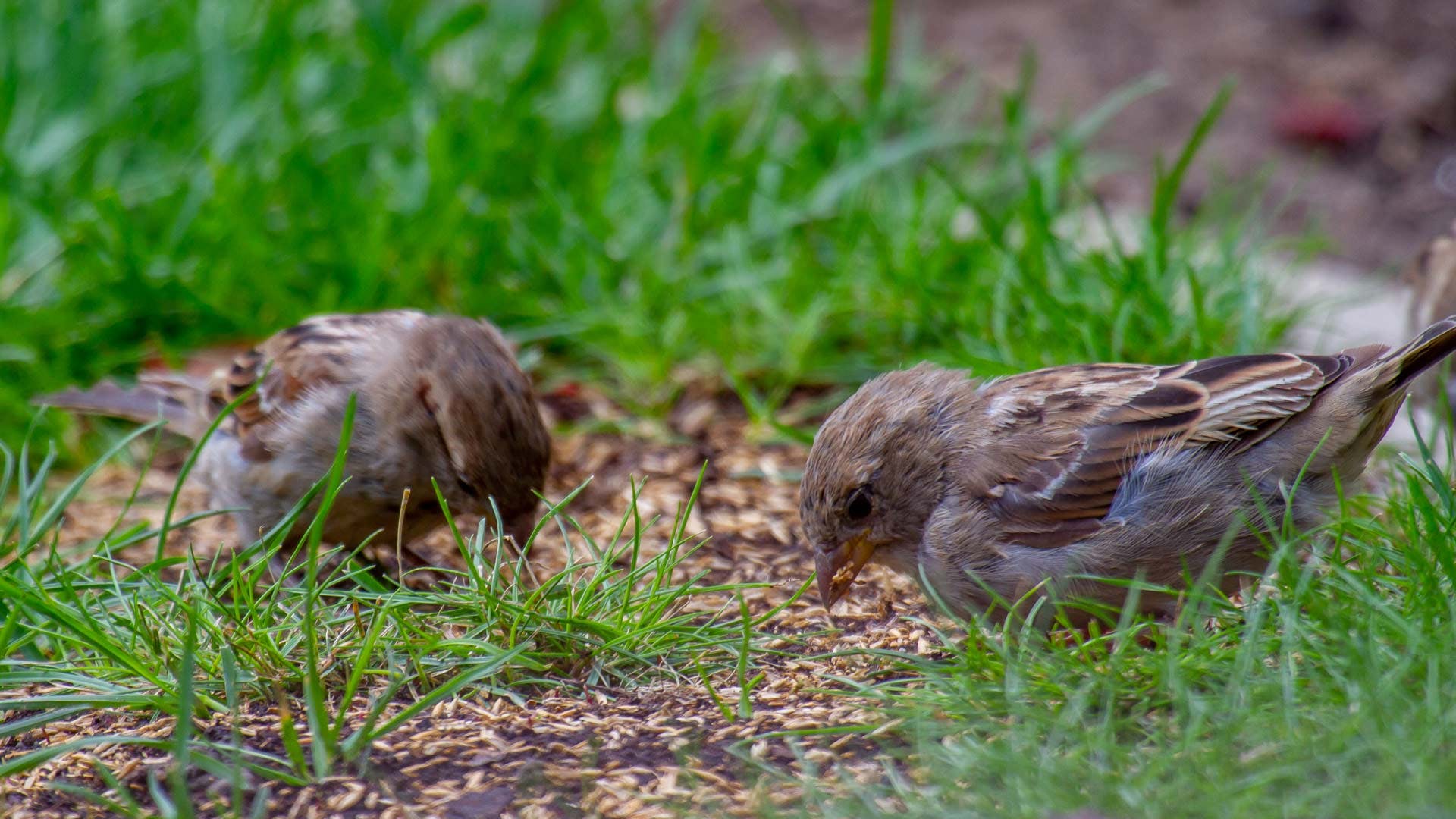
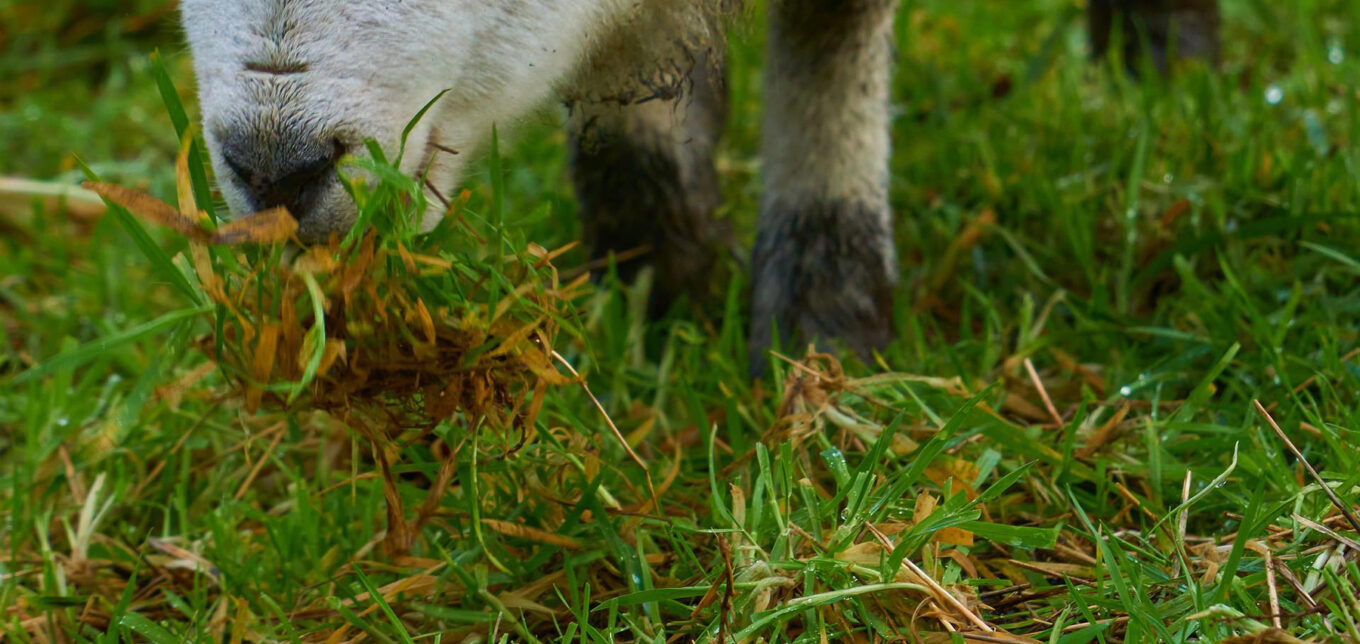
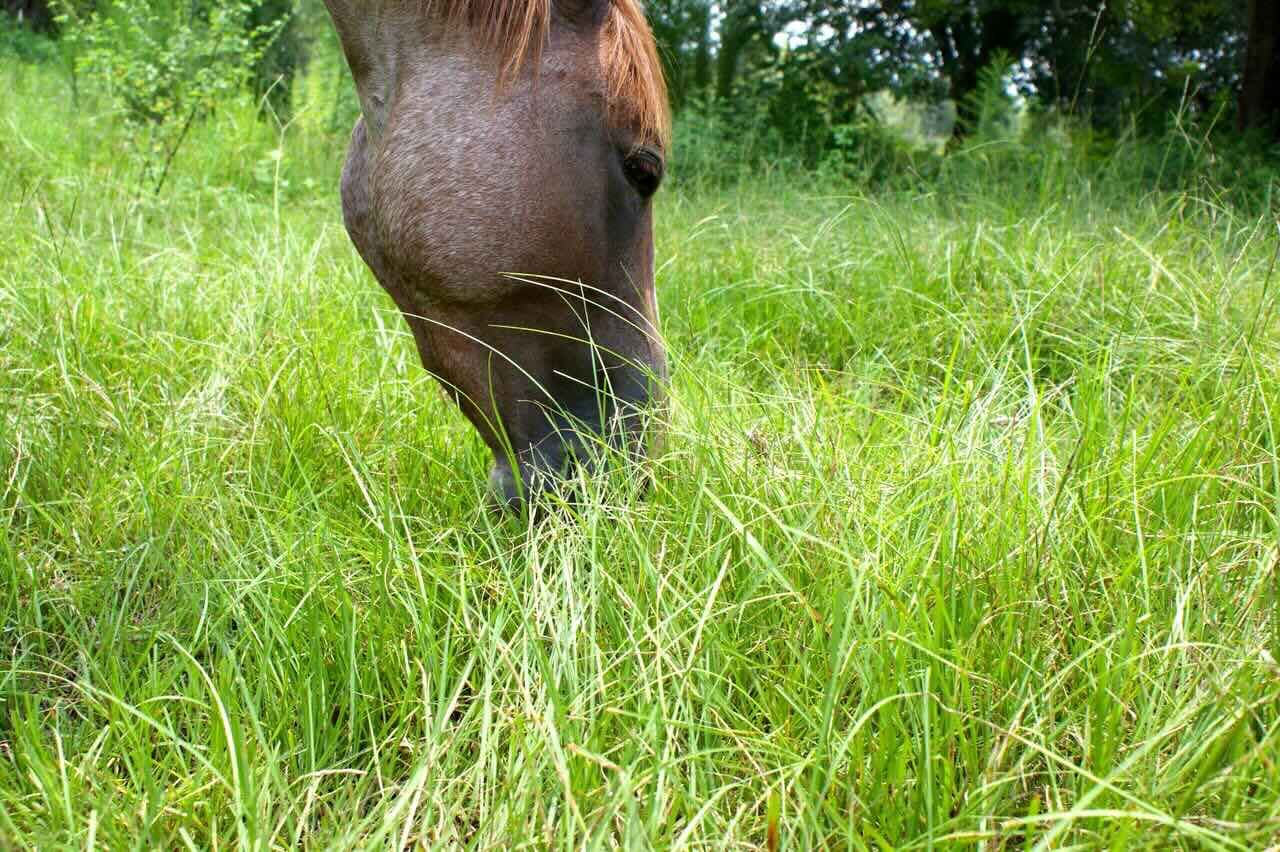
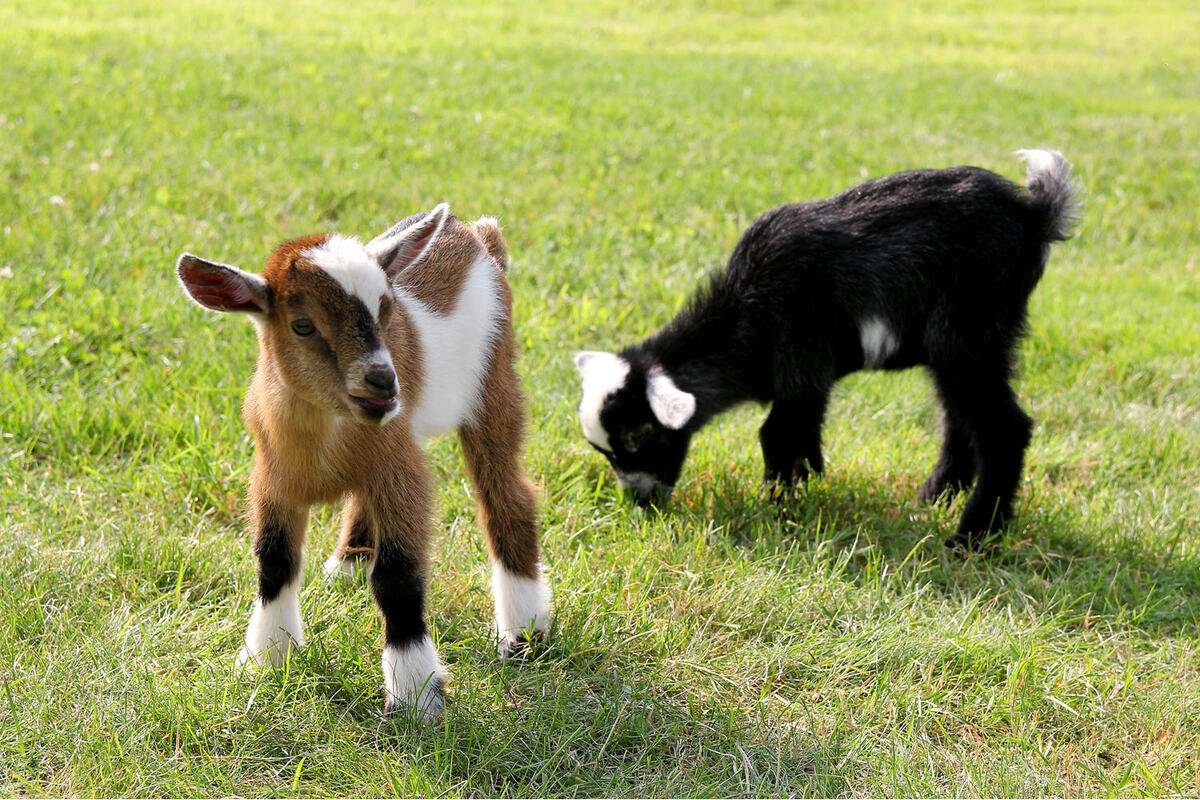
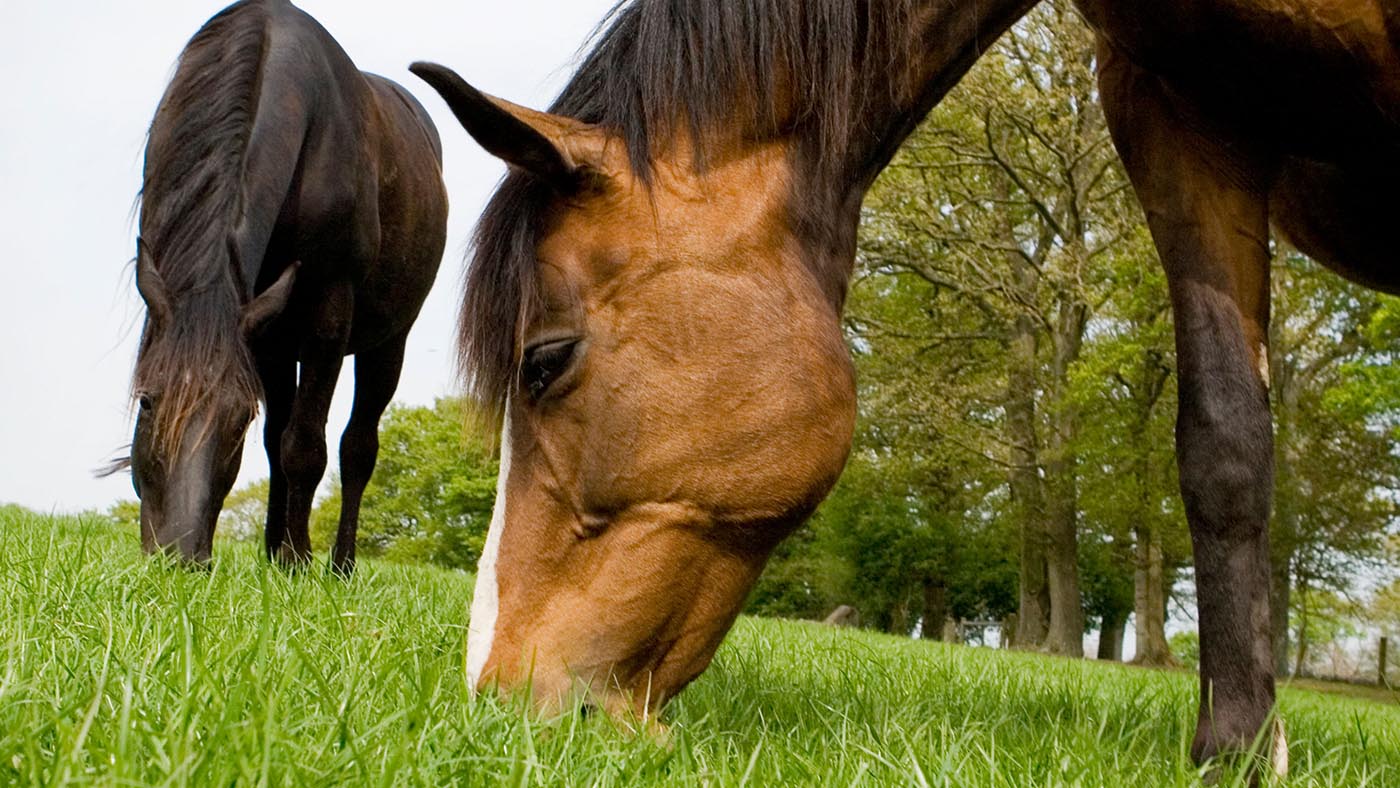

0 thoughts on “How Do Horses Eat Grass”